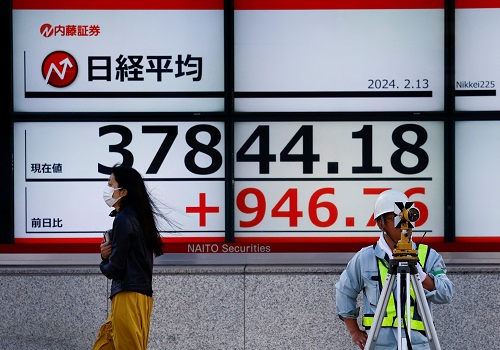Financial Sector Report - Restructuring to rise in the absence of a moratorium By Motilal Oswal

Follow us Now on Telegram ! Get daily 10 - 12 important updates on Business, Finance and Investment. Join our Telegram Channel
Restructuring to rise in the absence of a moratorium
Impact of the second COVID wave significantly lesser than the first wave
* 1QFY22 started off on a high note, with the recovery momentum continuing. From mid-Apr’21, localized lockdowns and severity of the second COVID wave derailed recovery until the end of May’21. However, the experience of dealing with COVID-19 in the first wave, led to strong business momentum in Jun’21
* Relative to 4QFY21, we expect disbursement volumes of 50-80% for most Affordable Housing Financiers (excluding REPCO) and Vehicle Financiers. Impact on QoQ AUM growth is likely to be higher for short duration products like Vehicle loans as collections are holding up well.
* Collection efficiencies were better for Housing Financiers (especially the Salaried segment) relative to other segments. For Vehicle Financiers, or MFIs, we expect CE in the 70-90% range. Since moratorium benefits were not available, we expect the restructuring to rise. However, the extent will depend upon CE in Jun’21, percentage of defaulting customers already availing moratorium, and bucket movement. The actual picture will emerge only by the end of 1HFY22. For those with lower restructuring, the forward flows to S2/S3 will be higher. Further buildup of management overlay provisions is likely in 1QFY22.
* Because of muted disbursement volumes, most NBFCs did not resort to higher borrowing during 1QFY22. But with moderation in incremental cost of funds, we expect a slight decline in weighted cost of funds. Affordable Housing Financiers continued to benefit from low-cost NHB borrowings. We expect excess liquidity on balance sheets to remain elevated, with a consequent negative carry through in 1HFY22E.
* Capital market players continued to witness a strong traction, led by a pick-up in transactions during 1QFY22. Equity and derivative trading volumes for the industry remained healthy, despite changes in margin regulations. Within the Wealth Management space, inflows bounced back after two quarters.
* While the second half of 1QFY22 was marred by the second COVID wave on both disbursements as well as the collection front, we expect credit costs to be front-ended in 1HFY22E. We estimate a steady recovery in both demand/asset quality through 2HFY22E. We continue to favor franchises with strong balance sheets and those who have demonstrated resilience during such external disruptions. The buoyancy in the equity capital market and higher levels of primary market issuances will continue to remain a tailwind for the Broking industry in FY22E as well. Our top picks are HDFC, MUTH, MGFL, and SHTF.
HFCs: Mortgages being the largest EMI (and lowest cost loan), restructuring requests could be elevated Property registrations saw a sharp recovery in Jun’21. Good schemes/discounts by developers and record low interest rates will remain the key drivers even as stamp duty cuts have been rolled back.
The Home loan segment will continue to witness heightened competitive intensity, especially from Banks. While we expect HDFC and LICHF (aided by their lower CoF) to deliver decent Retail Home loan disbursements, others like PNBHOUSI may continue to see moderate disbursements due to internal issues. Most states did not prohibit Construction activities (of course with other restrictions) even during lockdowns. We expect overall disbursements to be supported by better Corporate/Developer disbursements for HDFC/LICHF.
Affordable Housing Financiers could potentially deliver 50-70% of their 4QFY21 disbursements. Unlike last year, we expect 2-5% restructuring for Affordable Housing players and less than 2% for large HFCs.
Vehicle Financiers – Potentially high restructured pool in new Vehicle Financing
Jun’21 was the first month post lifting of the lockdowns by states. Demand remained skewed towards PVs and Tractors (higher than Jun’19), with CVs and 2Ws yet to catch up. Though M&HCV volumes have seen a YoY recovery, sales still remain much below pre-COVID levels. Used CV sales have been relatively healthy due to unaffordability of new M&HCVs and aided by strong pipeline/pent-up demand from Mar’21. We don’t estimate disbursements of Vehicle Financiers under our coverage to be very divergent. We expect CIFC/MMFS/SHTF to deliver disbursements of 55-65% of their 4QFY21 numbers. Demand continues to remain weak in CVs (especially new) and we expect it to recover from Sep’21 onwards.
Margins should be stable to improving
Normalized margins should be stable to improving as the effect of lower incremental cost of borrowings and re-pricing of lower bank borrowing cost would continue. We expect excess liquidity on the balance sheets to continue for some more time due to an uncertain environment. The choice here is between restructuring or allowing forward flows across asset quality buckets. Under Ind AS, interest on NPAs are accounted, hence even after a bucket shift, margins may not be materially impacted.
Gold financiers – Well placed in the current environment
Regulatory arbitrage of higher LTV (90%) on new personal Gold loans disbursed by Banks ended in Mar’21. While this brings back the level playing field for Gold Financiers, new disbursements/renewals were impacted because of stringent lockdowns in May-Jun’21 in the core states of Kerala, Karnataka, and Tamil Nadu. There was a slight uptick in gold demand in Jun’21 in Northern India.Gold prices recovered and were up ~5% QoQ (source: WGC), suggesting that portfolio LTVs would have moderated. We expect the Gold loan portfolio to be up 3-4% QoQ.
Despite higher delinquencies (inability of customers to repay/renew), Gold Financiers would offer more time to their customers to repay rather than rush to auction off the gold. This could lead to higher technical GNPAs during 1QFY22, but should improve quickly in 2Q. In the non-Gold portfolio, both MUTH/MGFL would have been conservative in new disbursements. The MFI/Vehicle segment would have witnessed a deterioration in collection efficiencies and would be the biggest contributor to consolidated credit costs in 1QFY22.
Diversified financiers saw healthy collections and improving disbursements in Jun’21
For Wholesale Real Estate lenders, the endeavor in the last 18 months has been to become more granular and reduce concentration. Wholesale lenders continued their focus on existing projects and are still very selective in evaluating new projects. Diversified financiers did witness higher delinquencies in May’21, but have since seen a sharp improvement in Jun’21.
Except for unsecured MSME loans, we expect collections to have improved across product categories for both BAF and SCUF. There has been a marginal decline in CoF, but liquidity continues to remain elevated. For both LTFH and SCUF, we expect a sequential deterioration in asset quality and further build-up in management overlay.
Capital market players on a healthy growth trajectory
1QFY22 remained a healthy quarter in terms of cash and derivatives trading volumes, despite a change in margin trading norms. While we expect a further moderation in market share for ISEC, revenue is likely to remain healthy due to strong cash delivery volumes. Recovery in client additions remains healthy for ISEC, backed by its open architecture and increasing share of non-ICICIBC channels. IIFLWAM witnessed a bounce back in terms of flows. TBR revenue continues to remain lumpy as it is dependent on deal syndication opportunities. Traction in IIFL ONE and expense ratio reduction are key monitorables.
To Read Complete Report & Disclaimer Click Here
For More Motilal Oswal Securities Ltd Disclaimer http://www.motilaloswal.com/MOSLdisclaimer/disclaimer.html SEBI Registration number is INH000000412
Above views are of the author and not of the website kindly read disclaimer
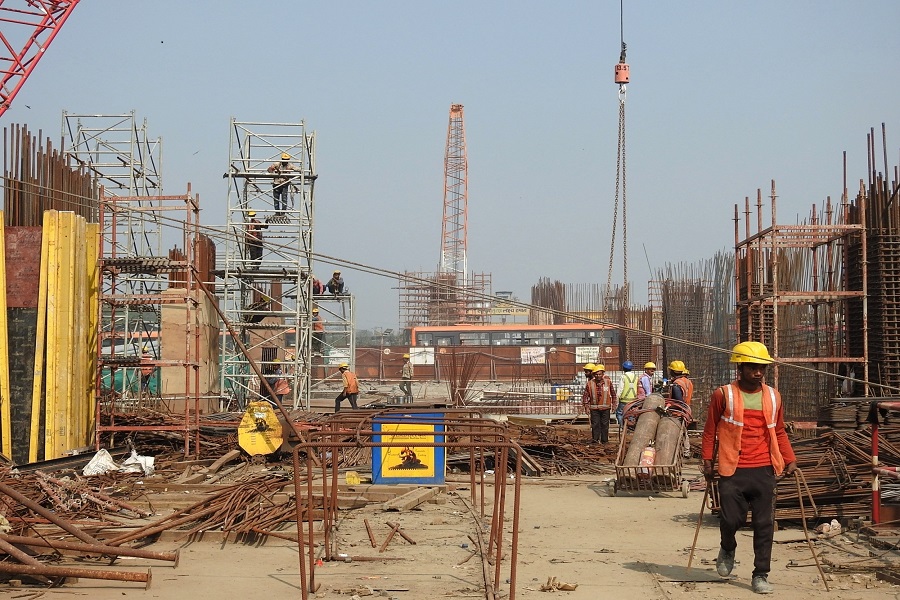


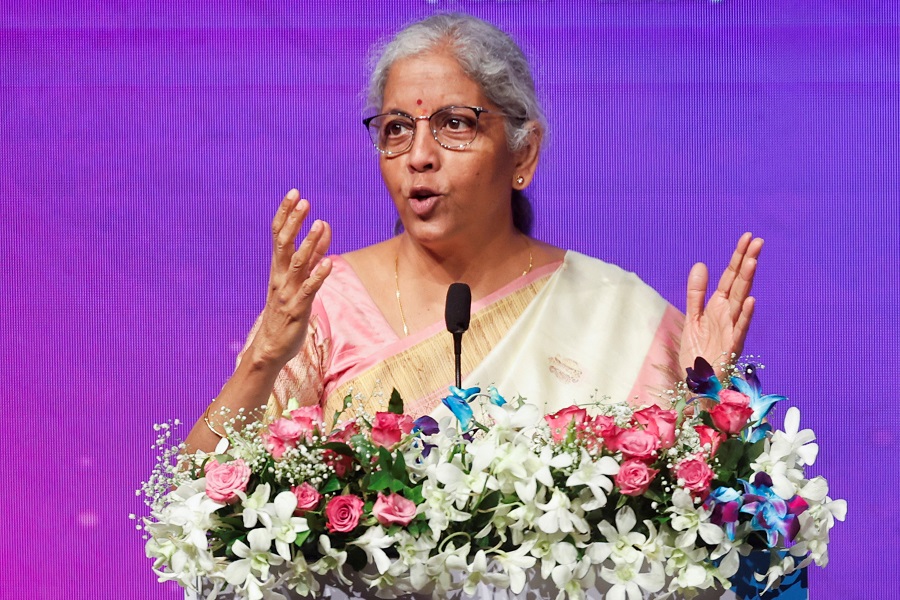






Tag News
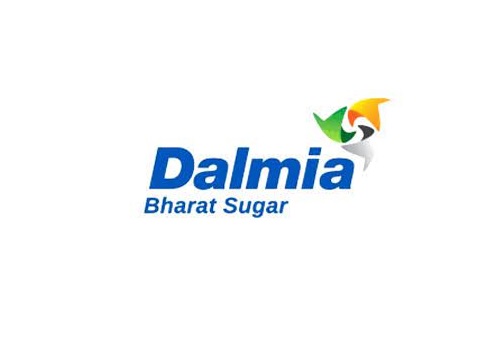
Buy Dalmia Bharat Ltd For Target Rs.2,400 - Motilal Oswal Financial Services Ltd


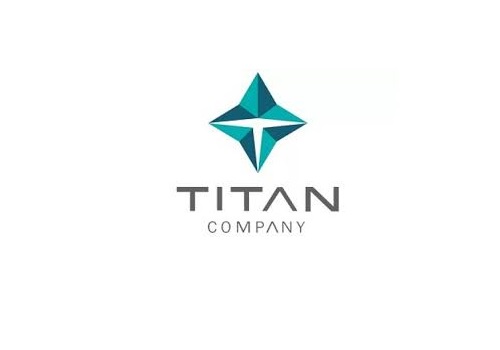
More News

Metals & Mining Sector Update : Steel Demand uncertainties in China impact prices By ICICI S...









